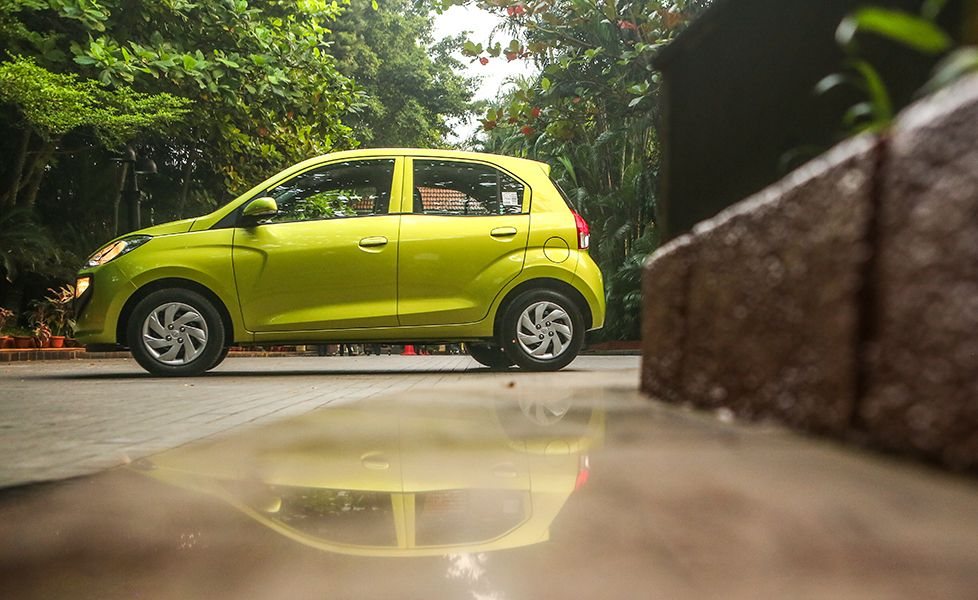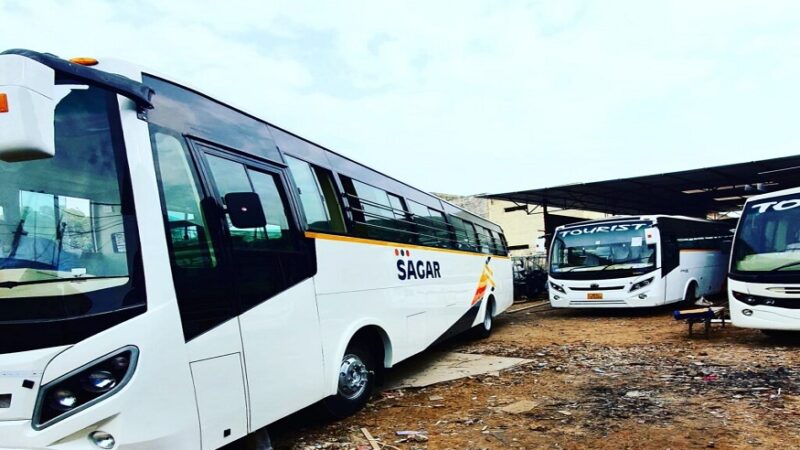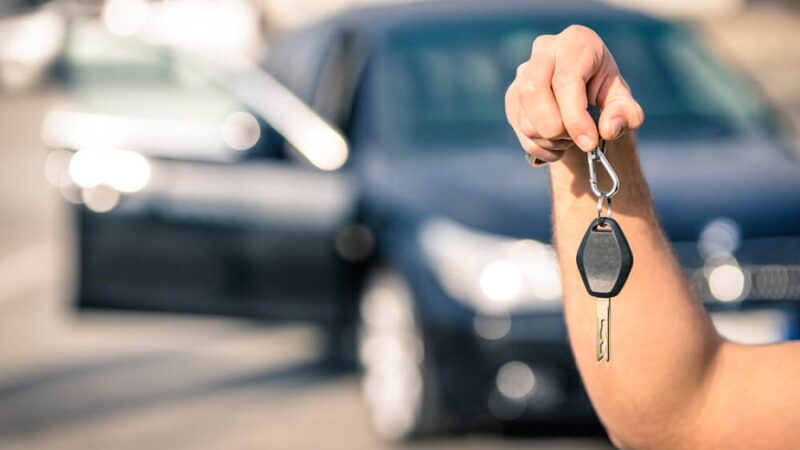Hyundai Santro – India’s favourite entry-level hatchback?

When Hyundai revived the ‘Santro’ brand with its new hatchback in 2018, it clearly showed how confident the Korean car maker was about its new product, given the history of the Santro being the brand’s first model in India. And this was a model that reached out to many Indian buyers all over the nation. Back then, it was the answer to Maruti Suzuki’s WagonR; it looked modern, offered better quality, was huge on space and gave the buyer value for the money. This was the car responsible for what Hyundai is today in India. It was also famously known as the ‘tall boy’ – a term that soon became popular among almost every small car with good height, that followed. Good height also meant good headroom. After the introduction of the i10, the Santro was eventually shelved because the i10 was just bigger and better in almost every way. The Santro Xing soldiered on for a while and was sold mostly to taxi fleet operators until the latter half of 2014.
What’s the hoopla all about?
The Hyundai Santro was a huge hit not only in India, but globally as well. With the new model, Hyundai Cars want to sell their baby in big numbers. The Santro’s structure includes 63% of advanced high-tensile steel and high-tensile steel, which focuses more on rigidity whilst keeping tabs on the kerb weight, so it can compete with the likes of the Celerio and Tiago. The new Santro is longer and wider, and comes with a longer wheelbase too. You may have expected the return of the tall-boy stance, but unfortunately, that isn’t the case anymore. It may be as tall as a Grand i10, but that hasn’t earned back the ‘tall boy’ appeal. It also shares the K1 platform with the Grand i10 and features the new ‘cascading’ grille.
Let’s talk looks
The Hyundai Santro features swept-back headlights, an open-mouthed grille and high-set fog lights. Somehow, we find something terribly wrong with the nose of this car. However, the grille is useful for cooling. If we had to dwell on it, we think the grille spoils the design of the car. We miss the Santro Xing’s chic appeal. On the sides, it gets boomerang creases over the front and rear wheel arches, giving it a good appearance from the side. We also like how the shoulder line dives downwards on the rear door. At the rear, the tail lights are simple; nothing too striking. At the base of the rear bumper, you’ll find a blacked-out portion, which is basically a faux diffuser. The design does look upmarket, but upon closer inspection, you’ll notice that all of this has been designed bearing in mind costs. The door handles are typically budget car inspired.
Room is important
Given the price and the segment in which this car sits, it certainly does impress. The quality inside is a huge step-up from Santros of old, and the dual-tone black-and-beige dashboard has a nice finish to it, and the modern touch comes in the form of a 7.0-inch touchscreen infotainment system that gets Apple CarPlay and Android Auto; the system functions smoothly. The system also doubles up as a reversing camera; you get buttons on the steering column that helps you operate the power-adjustable mirrors. Some of the bits and bobs are carried over from the Grand i10 but we’re not complaining. The dials are clear and sporty, and there’s a nice MID that displays information like average speed, distance to empty and average fuel economy. The knobs for the AC feel like they are made to withstand rugged use and the dull-gold elements around the steering, door handles and AC vents give it a classy look and we liked the circular AC vents on either side.
The cost-cutting is evident in certain details – the Hyundai logo on the steering gets embossed in grey plastic, the exposed screws on the door grab-handles and just two parking sensors for the back. You can open the hatch with the help of a key, but we didn’t like the idea of fixed headrests for the front and rear. The power window switches, like the Nano and Kwid, are positioned below the gear lever. On the Asta variant, you get two front airbags and that’s about it.
The specs
The engine on the Hyundai Santro is a heavily updated version of the 1.1-litre Epsilon engine that once did duty in the Santro Xing. The motor produces 68bhp and 99Nm of torque, paired either to a 5-speed manual or an AMT ‘box. Refinement from the engine is great with barely any vibrations coming through. It’s a responsive little engine and continues being zippy. The clutch is light and the gears shift effortlessly. Also, grab the latest info on the upcoming cars, only at autoX.





